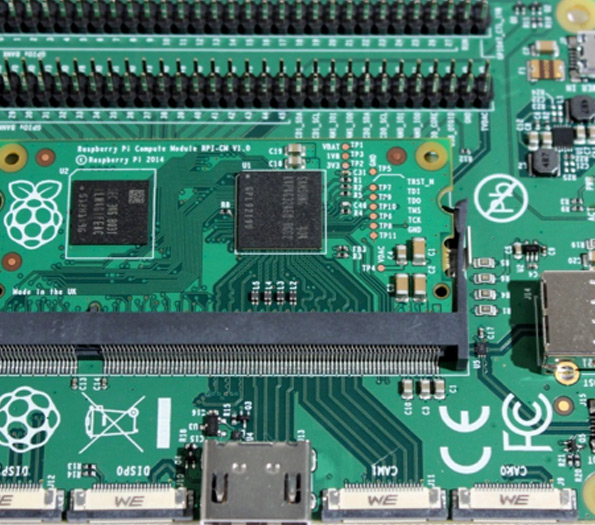

The Evolution and Importance of Dead Flat Float Glass
The world today is a testament to human ingenuity and technological advancement, and one of the often-overlooked contributions to our daily lives is glass—specifically, dead flat float glass. This remarkable material has evolved tremendously since its inception and has carved out a niche for itself in a variety of applications, ranging from architecture to automotive design. Understanding the properties and benefits of dead flat float glass not only highlights its significance but also showcases the advancements in glass manufacturing.
Dead flat float glass is meticulously made through a unique process that involves floating molten glass on a bed of molten tin. This method, developed in the 1950s, ensures that the surface of the glass remains impeccably flat and uniform, making it ideal for high-precision applications. The “dead flat” aspect refers to the glass’s exceptional smoothness, as it possesses minimal distortion and is devoid of optical imperfections. This level of perfection is crucial in contexts where clarity and aesthetics are paramount.
One of the most significant advantages of dead flat float glass is its optical clarity. Unlike traditional glass manufacturing processes that can result in warping or bubbles within the material, float glass maintains its transparency and purity. This property makes it particularly valuable in architectural applications, where expansive glass facades and large windows are desired for both functional and aesthetic reasons. In modern architecture, dead flat float glass allows for the creation of seamless glass walls that bring natural light indoors and foster a connection between the interior and exterior environments.
In addition to architectural uses, dead flat float glass is integral to the manufacturing of high-end mirrors. The reflective quality of float glass is enhanced by the coating applied to its surface, providing a clear and accurate reflection. This is particularly valuable in design spaces such as homes, retail environments, and professional studios where image quality plays a crucial role. Mirrors made from dead flat float glass are not only functional but also contribute to the visual appeal of a space.

Automotive design is another field where the properties of dead flat float glass shine. Windshields and windows must adhere to stringent safety and visibility standards, and the flawless surface of this type of glass ensures that drivers and passengers have a clear line of sight. Moreover, with advancements in technology, dead flat float glass can now be treated to enhance its strength and resistance to shattering, making vehicles safer for occupants.
Beyond aesthetics and safety, dead flat float glass plays a pivotal role in energy efficiency. Modern buildings equipped with energy-efficient glass can significantly reduce their heating and cooling costs. By utilizing special coatings, such as low-emissivity (low-E) treatments, dead flat float glass can regulate the amount of heat and light that penetrates the building, leading to lower energy consumption and a reduced carbon footprint.
Sustainability is an ever-growing concern in today's world, and the glass industry is making strides to address this issue. Float glass can be recycled indefinitely without loss of quality, making it an environmentally friendly choice. The recycling process not only conserves raw materials but also reduces energy consumption and greenhouse gas emissions associated with glass production.
In conclusion, dead flat float glass has emerged as a versatile and invaluable material that serves numerous industries and applications. From modern architecture and automotive design to energy efficiency and sustainability, its contributions are both profound and far-reaching. As we continue to innovate and advance in technology, the role of high-quality glass will undoubtedly become even more significant, ensuring that we continue to benefit from its remarkable properties for generations to come. The evolution of dead flat float glass is a testament to human creativity, and its impact on our daily lives is a reflection of both functionality and beauty intertwined within the transparent medium of glass.